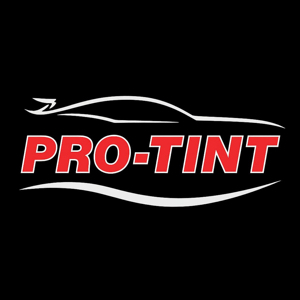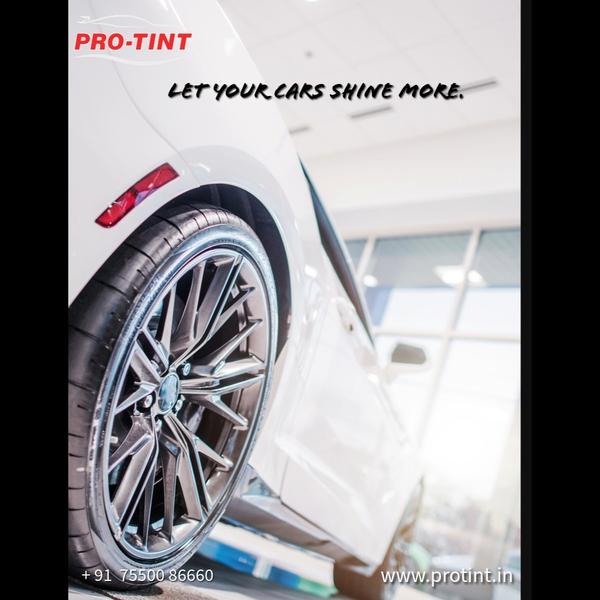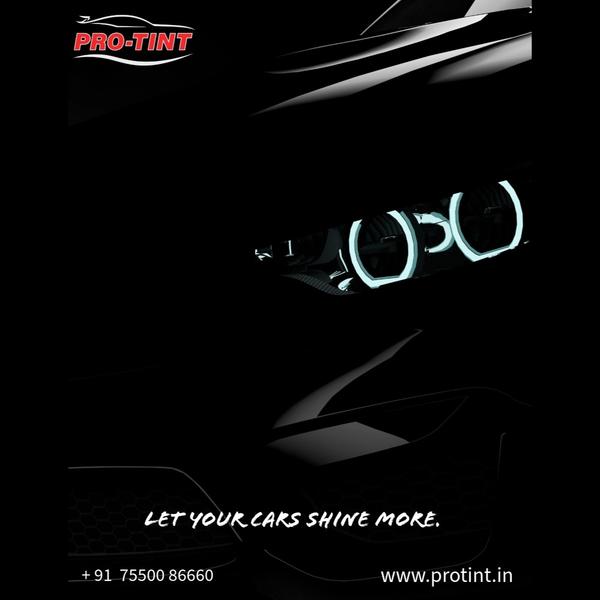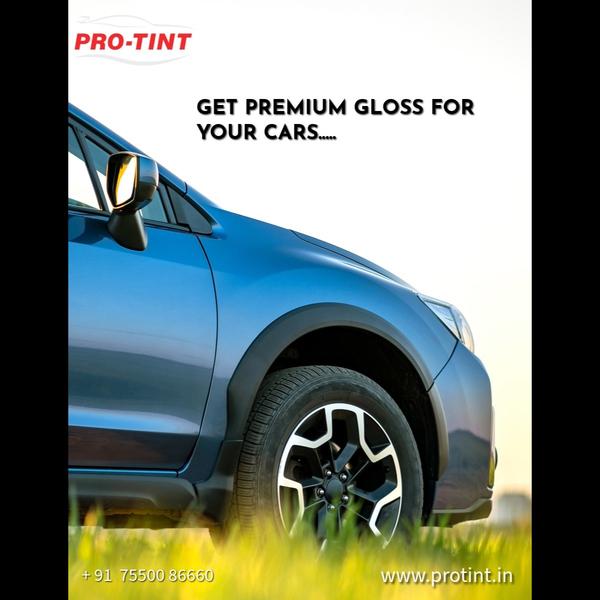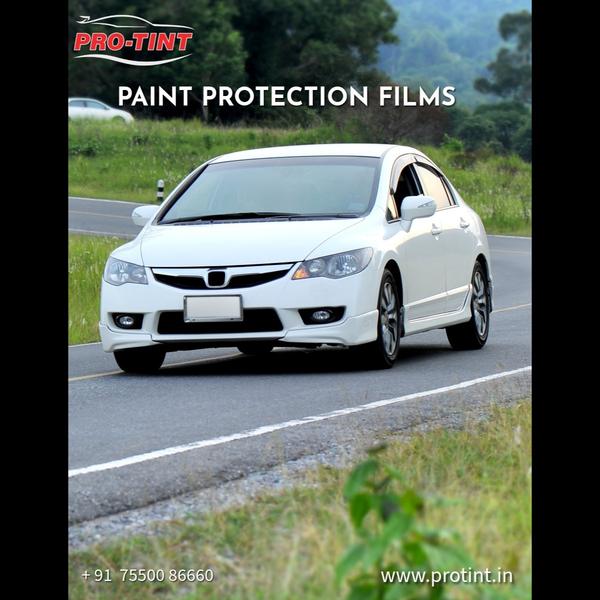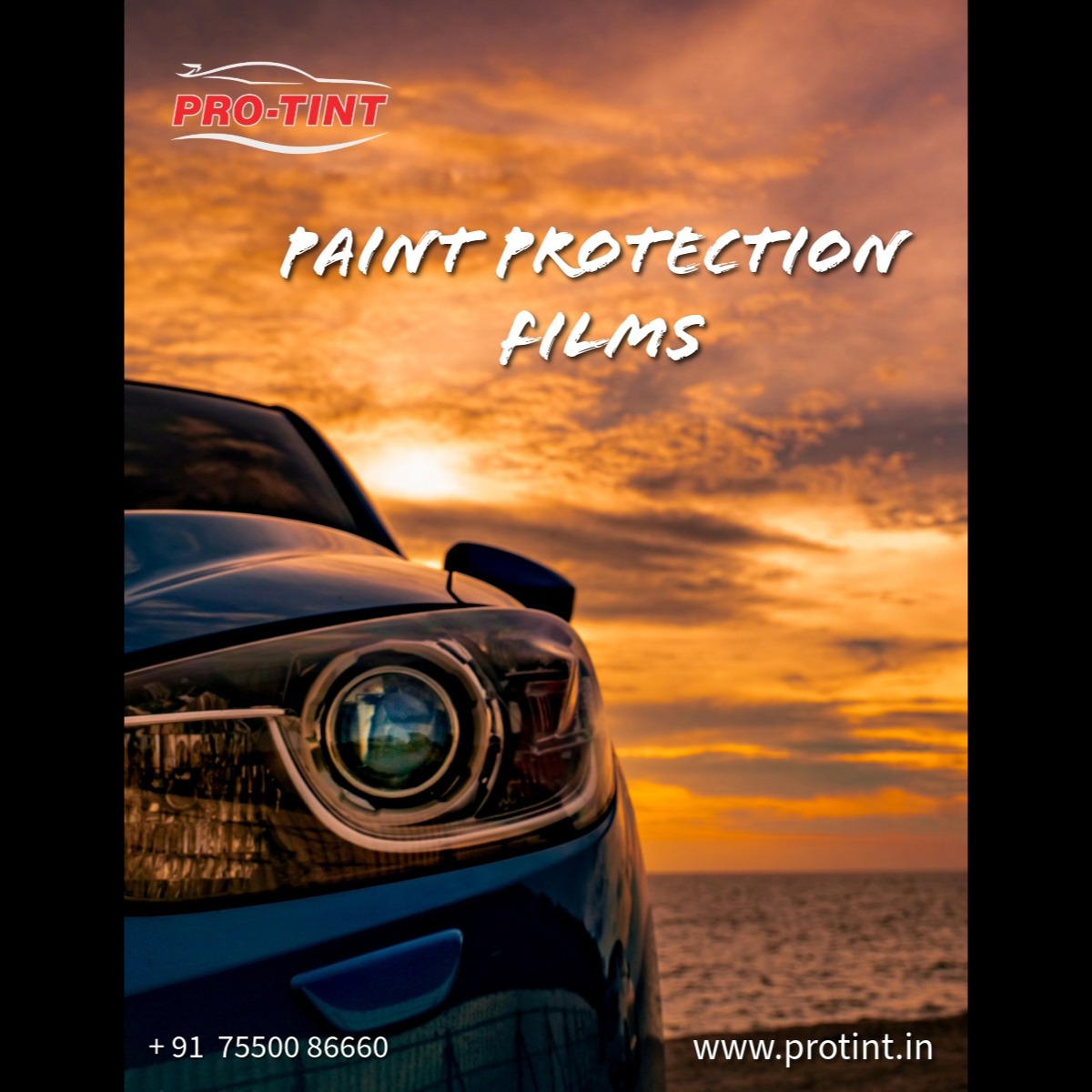
Paint Protection Film, often known as a 'clear bra, ' is a durable, transparent urethane film applied to the exterior surfaces of a vehicle. Its primary purpose is to act as a sacrificial layer, absorbing damage from the road and environment to keep the factory paint underneath pristine.
Modern high-quality PPF is a technological marvel. It's typically self-healing, meaning minor scratches and swirl marks disappear with heat (from the sun or warm water), and it has a clear coat layer that provides a high-gloss finish, often enhancing the car's depth of color.
Applications: Where is PPF Applied?
PPF can be applied to virtually any exterior surface, but it is most commonly installed on high-impact areas. Applications range from partial to full coverage.
1. Partial/Front-End Packages:
This is the most popular application, protecting the areas most vulnerable to damage.
Full Front Bumper: Essential for protecting against bugs, stone chips, and minor parking bumps.
Full Hood (or Partial Hood): Protects against stones, sand, and road debris kicked up by other vehicles.
Front Fenders: Shields the areas behind the front wheels.
Side Mirrors: Vulnerable to scratches and chips.
Headlights: Prevents pitting and cracking, maintaining light clarity.
